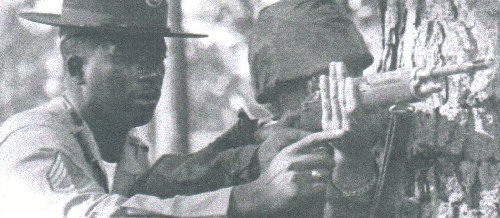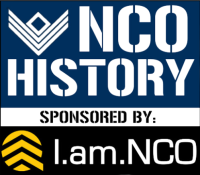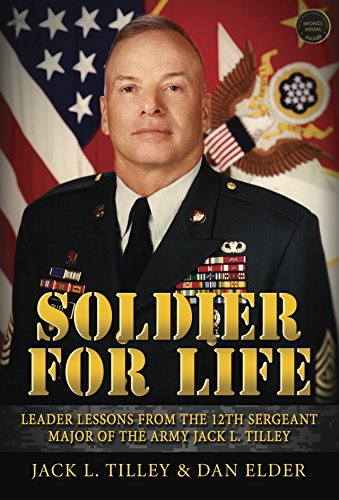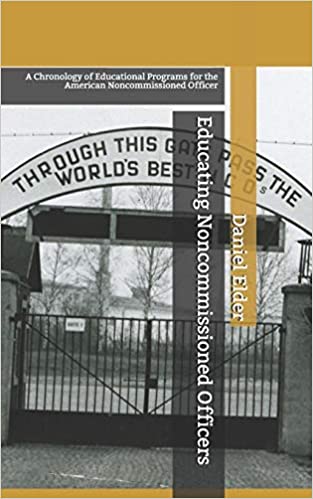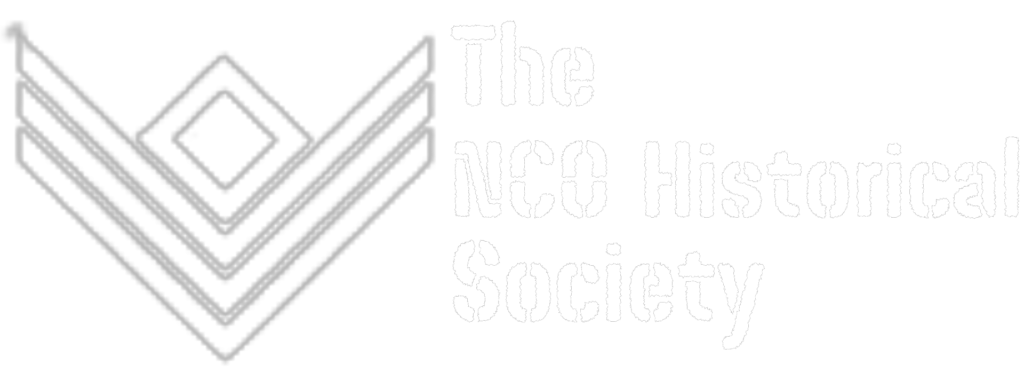Overview of how The Army Reorganization Act of Jun 4, 1920 affecticted enlisted rank- Combined all previous enlisted grades to seven and reversed the order of precedence.Enlisted Grade Structure and the Army Reorganization Act of 1920 – Military Affairs, Vol. 31, No. 4. (Winter, 1967-1968), pp. 187-194, Benjamin Franklin Cooling III.
Doolittle Board – Officer – Enlisted Man Relationships of 1946 – Report of the Secretary of War’s Board on Officer – Enlisted Man Relationships.
Hook Commission – 1949 article from Army Information Digest, “Career Compensation for the Services” discussing the Hook Commission results.
Womble Board 1953 Final Report of the Ad Hoc Committee on the Future of Military Service as a Career that will Attract and Retain Capable Career Personnel.
Coordiner Committee – Executive Summary (only) of the 1957 Report of the Defense Advisory Committee on Professional and Technical Compensation. Resulted in adding E-8 and E-9 and the ‘Super-grades’.
“Report on Recruit Training” – The Ailes Report on Recruit training was released on 26 December 1963. Ailes, then Undersecretary of the United States Army, had five key recommendations, which included establishment of schools that would offer formal instruction to trainers newly assigned to duty at Army Training Centers (ATCC). The initial pilot was organized at Fort Jackson during the period 1 February-17 April 1964. Personnel utilized during this phase were four scientists from Human Resources Research Office, 13 officers and 28 enlisted men from five Training Centers, the Third US Army NCO Academy personnel and facilities, and a Project Officer from Headquarters, US Continental Army Command.
Special Subcommittee on Enlisted Promotion Policy Review, HASC – Led by Hon. L. Mendel Rivers, Chairman, House Armed Services Committee, held extensive hearings on promotion policy in all the services from August to November 1967. These hearing directly led to changes in Army (and USAF) promotion system.
Enlisted Grade Structure Study by the Deputy Chief of Staff for Personnel in July 1967 –
Emerson Board – Introduction (only) of the 1971 Report of the CONARC Leadership Board.
Noncommissioned Officer Education and Professional Development Study of 1971 – CONARC established this study to develop a program for noncommissioned officer education and professional development within the US Army.
Leadership for the 1970’s – A series of post-Vietnam leadership studies called fo by Army Chief of Staff, Gen Westmoreland, and conducted by the Army War College.
The Noncommissioned Officer Professional Development Study 1986 (Two Volumes) – The study group will conduct a study of NCO professional development and Enlisted Personnel Management System (EPMS) issues for the Total Army (Active and Reserve Components) and furnish recommendations to the Chief of Staff, Army (CSA). The study will address all levels of training and education beyond initial entry training. The study will focus on the institutional training and education system (Army schools) and on complementary activities, such as collective and on the job training in units and organizations.
Action Plan: The Noncommissioned Officer Leader Development Task Force of 1989 – The Action Plan prepared by the NCO Leader Development Task Force in June 1989, the first Year of the NCO. (80 pages)
Future Leader Development of Army Noncommissioned Officers – 1998 RAND Study commissioned by the Sergeant Major of the Army and TRADOC.
The Army Training and Leader Development Panel’s (ATLDP) Phase II (NCO Study) Report –April 2002 study that followed Phase I (Officer Study), was the largest self-assessment study ever done by the Army. It focused on training and leader development requirements for NCOs. |
